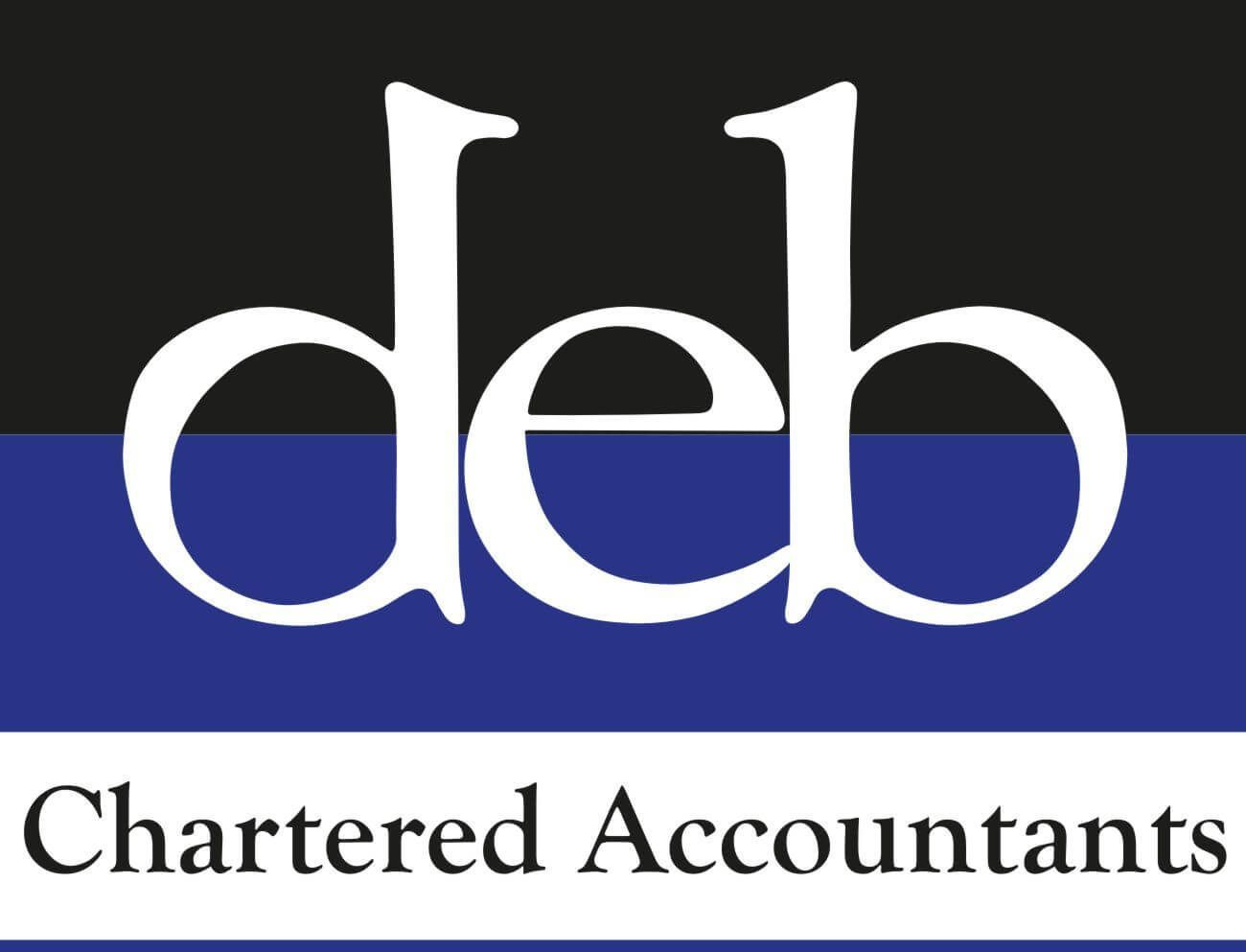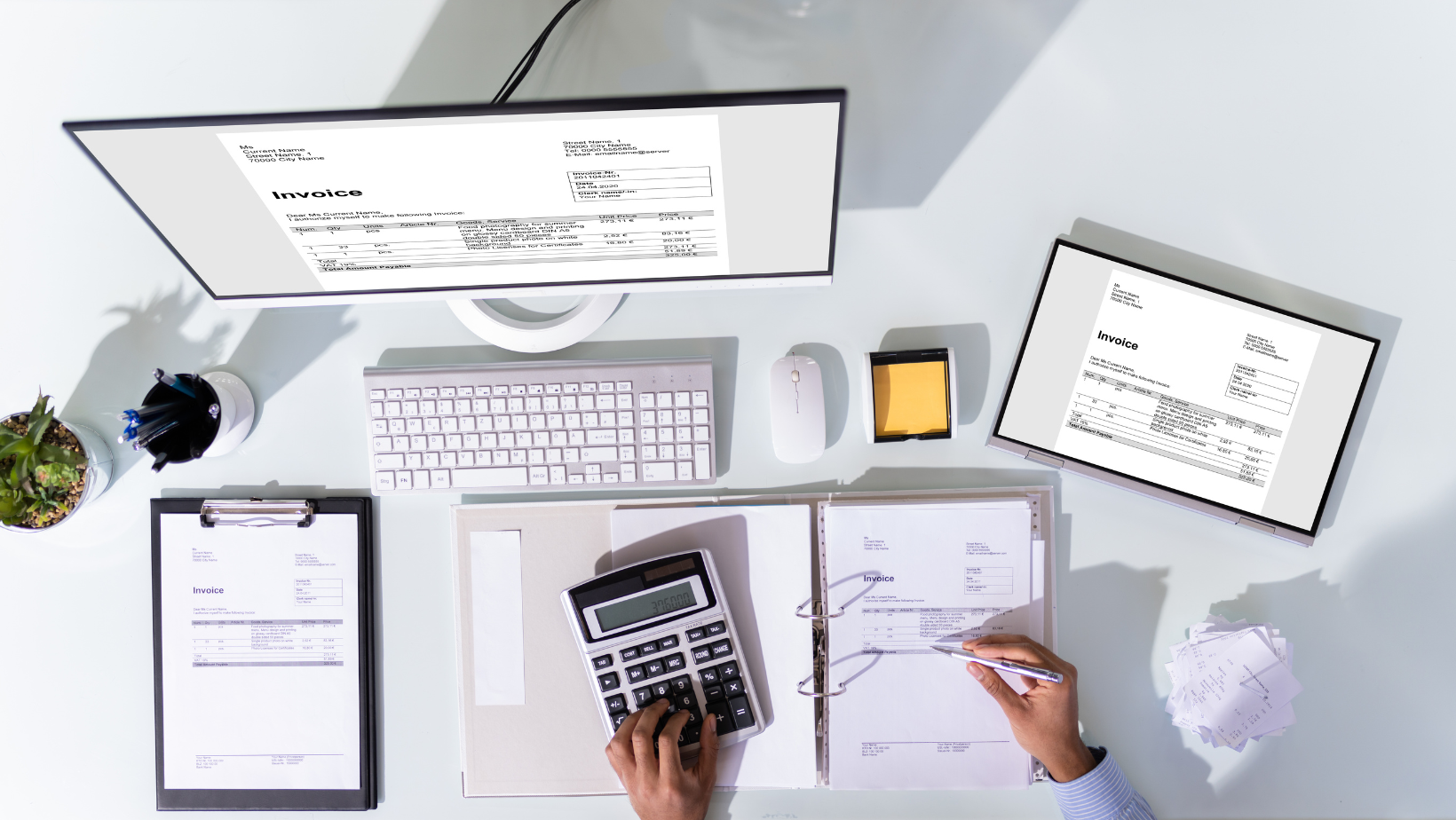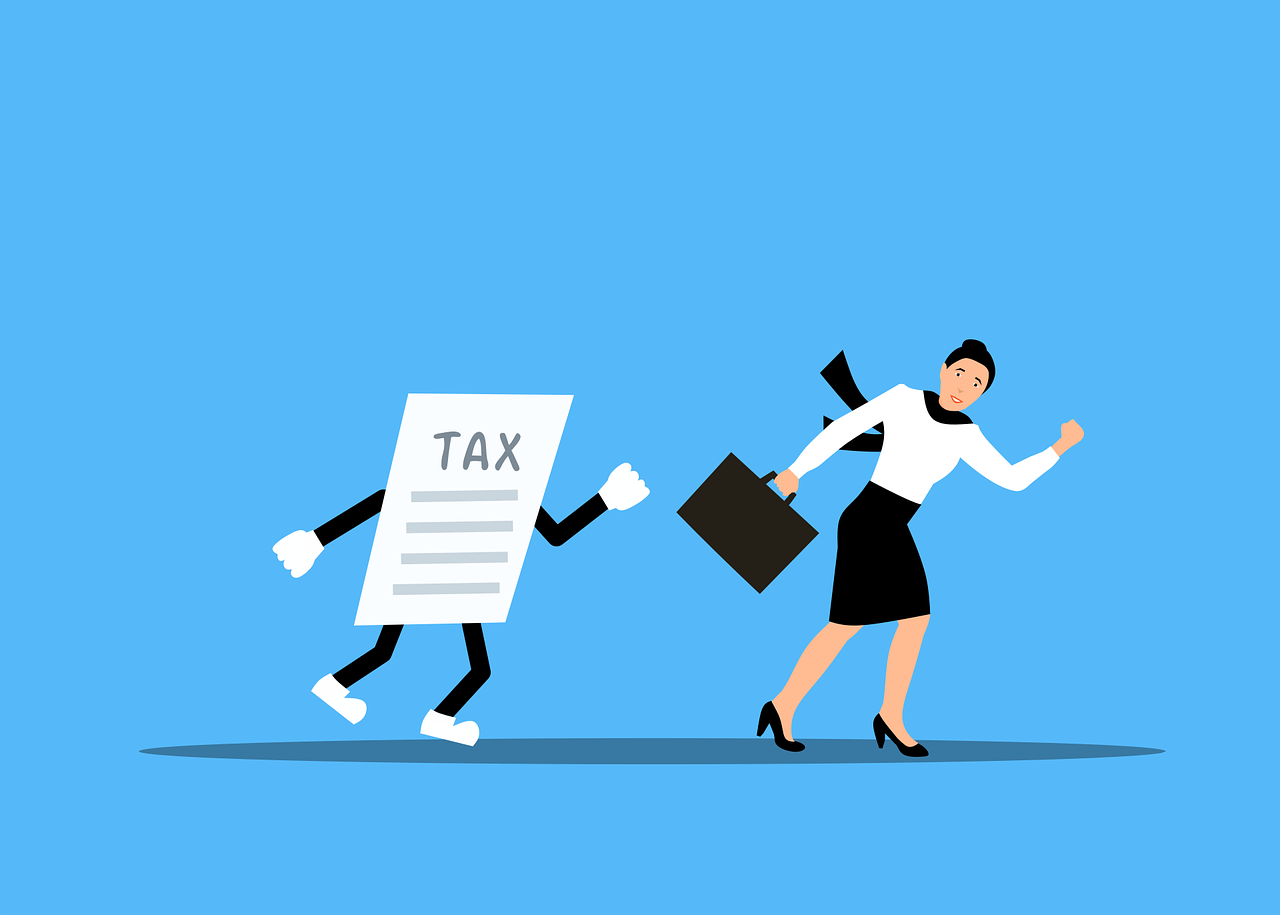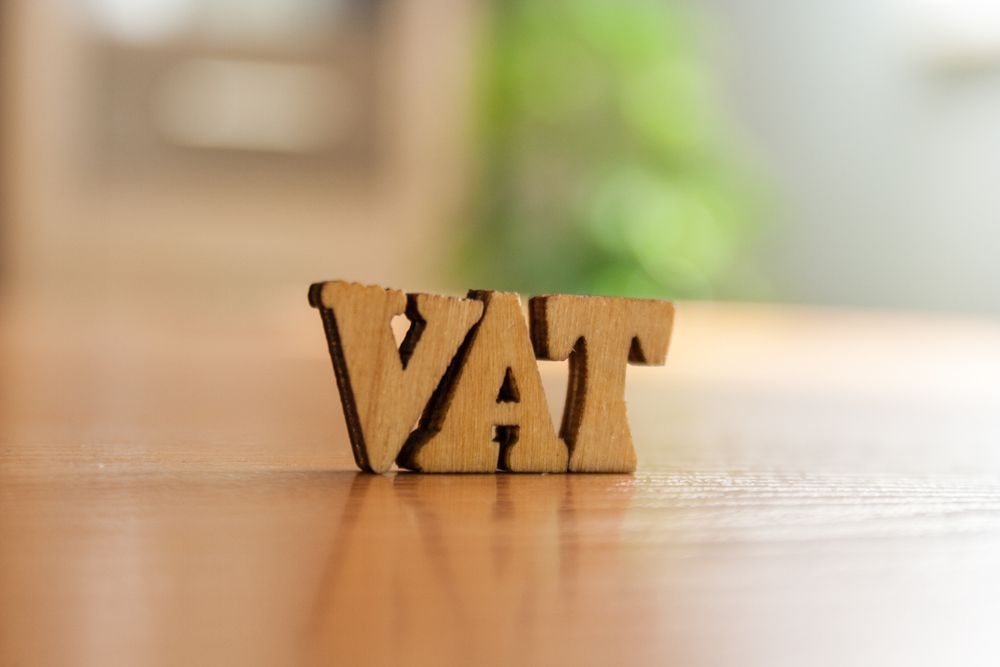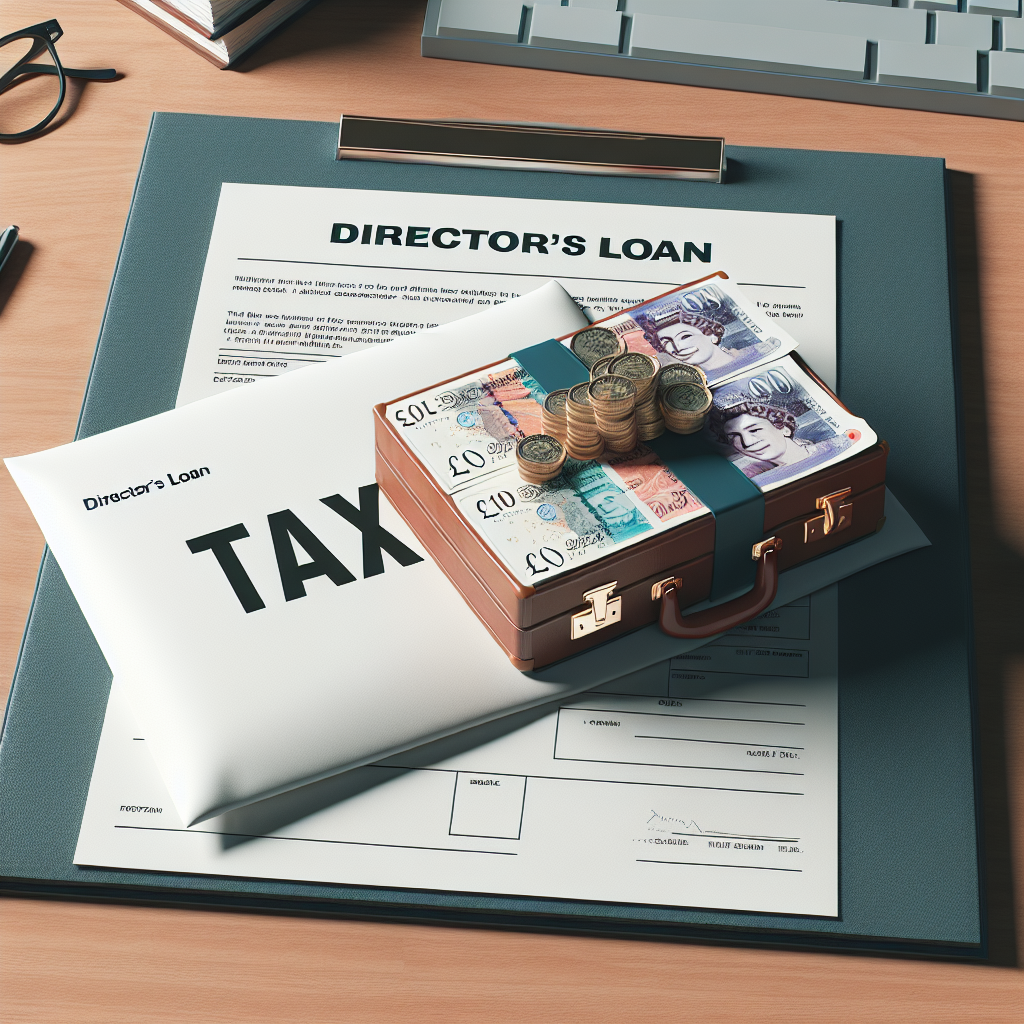HMRC Compliance Checks
Navigating HMRC Compliance Checks: A Complete Guide to Tax Investigations and How to Prepare

In light of economic challenges, HMRC is intensifying its focus on tax compliance, particularly through compliance checks. These are formal investigations into a business's tax practices, beyond routine inquiries. HMRC uses a risk-based system to identify potential tax discrepancies, looking at factors such as fluctuating tax returns, late filings, or reports from third parties.
What Can Trigger a Compliance Check?
Several scenarios can prompt an HMRC compliance check:
- Fluctuating Tax Returns: While fluctuations are common, sharp changes in profit or expenses could suggest improper accounting or lack of compliance, especially if unexplained.
- Late Submissions: Consistently filing late tax returns or payments might raise suspicion, leading to further investigation.
- Errors in Tax Returns: Repeated mistakes or inaccuracies can attract attention from HMRC.
- Employment of Spouses: Overly favorable employment terms for spouses, especially if they don't work in the business full-time, may prompt a closer look.
- Reports from Third Parties: Old business partners or personal acquaintances might report suspected tax fraud to HMRC, triggering a compliance check.
What Happens During a Compliance Check?
The process begins with HMRC sending an information notice, requesting specific records or documents, typically within 40 days. Failure to comply could result in a £300 fine plus daily penalties.
HMRC may also conduct announced or unannounced visits to your business premises. While most visits are pre-notified, an unannounced visit may occur if HMRC believes it’s necessary. Penalties may follow if you refuse an authorized entry, though reasonable excuses, such as not having an accountant present, are considered.
After completing the check, HMRC will either clear your tax position or request additional tax payments if underpayments are found. Penalties might apply if errors were careless or deliberate.
Scope of HMRC Compliance Checks
HMRC can investigate various taxes, including self-assessment returns, corporation tax, VAT, PAYE, and National Insurance Contributions (NICs). The duration of the process varies, but most checks are completed within three months.
Time Limits and Taxpayer Rights
HMRC can examine tax returns up to five years and 10 months after the end of the relevant tax year. However, if fraud or negligence is suspected, this can extend to 20 years.
As a taxpayer, you have several rights, including the right to representation, consultation with an adviser, confidentiality, and the right to file complaints if HMRC's treatment feels unfair.
Penalties After a Compliance Check
If underpayments or inaccuracies are found, HMRC may impose penalties. These are influenced by factors such as the cause of the error and the potential lost revenue. Penalties are harsher for deliberate or concealed errors and, can be reduced based on the quality of your disclosure. Penalty percentages vary, with unprompted disclosures generally receiving more lenient treatment.
Here’s an overview of how penalties are categorized:
| Type of Behavior | Unprompted Disclosure | Prompted Disclosure |
|---|---|---|
| Reasonable care | No penalty | No penalty |
| Careless | 0% to 30% | 15% to 30% |
| Deliberate | 20% to 70% | 35% to 70% |
| Deliberate & concealed | 30% to 100% | 50% to 100% |
Need Help with an HMRC Compliance Check?
If you’ve been notified about a compliance check, seeking professional advice is crucial. An experienced tax adviser can help you manage the process, reduce potential liabilities, and navigate penalties effectively.
For assistance, contact our team at 01226 245824. Or email davideb@deb-accountants.co.uk for a no-obligation consultation.


